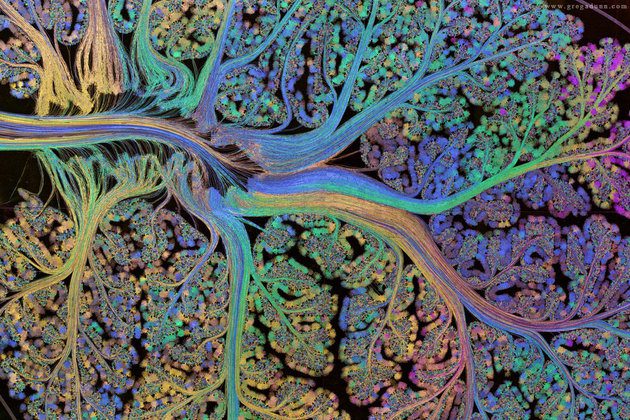Substantial work (NasifFJetal2005a, NasifFJetal2005b , DongYetal2005 , HuXT2004, Marinellietal2006) has shown that repeated cocaine administration changes the intrinsic excitability of prefrontal cortical (PFC) neurons (in rats), by altering the expression of ion channels. It downregulates voltage-gated K+ channels, and increases membrane excitability in principal (excitatory) PFC neurons.
An important consequence of this result is the following: by restricting expression levels of major ion channels, the capacity of the neuron to undergo intrinsic plasticity (IP) is limited, and therefore its learning or storage capacity is reduced.
Why is IP important?
It is often assumed that the “amount” of information that can be stored by the whole neuron is restricted compared to each of its synapses, and therefore IP cannot have a large role in neural computation. This view is based on a number of assumptions, namely (a) that IP is only expressed by a single parameter such as a firing threshold or a bit value indicating internal calcium release, (b) that IP could be replaced by a “bias term” for each neuron, essentially another parameter on a par with its synaptic parameters and trainable along with these (c) at most, that this bias term is multiplicative, not additive like synaptic parameters, but still just one learnable parameter and (d) that synapses are independently trainable, on the basis of associative activation, without a requirement of the whole neuron to undergo plasticity. Since the biology of intrinsic excitability and plasticity is very complex, there are very many aspects of it, which could be relevant in a neural circuit (or tissue) and it is challenging to extract plausible components which could be most significant for IP – it is certainly a fruitful area for further study.
In our latest paper we challenge mostly (d), i.e. we advocate a model, where IP implies localist SP (synaptic plasticity), and therefore the occurrence of SP is tied to the occurrence of IP in a neuron. In this sense the whole neuron extends control of plasticity over its synapses, in this particular model, over its dendritic synapses. It is well-known that some neurons, such as in dentate gyrus, exhibit primarily presynaptic plasticity, i.e. control over axonal synapses (mossy fiber contacts onto hippocampal CA3 neurons), but we have not focused on this question concerning cortex from the biological point of view. In any case, if this model captures an important generalization, then cocaine dependency leads to reduced IP, and, as a consequence reduced SP, at a principal neuron’s site. If the neuron is reduced in its ability to learn, i.e. to adjust its voltage-gated K+ channels, such that it operates with heightened membrane excitability, then its dendritic synapses should also be restricted in their capacity to learn (for instance to undergo LTD).
As a matter of fact, a more recent paper (Otisetal2018) shows that if we block intrinsic excitability during recall in a specific area of the PFC (prelimbic PFC), memories encoded in this area are actually prevented from becoming activated.







